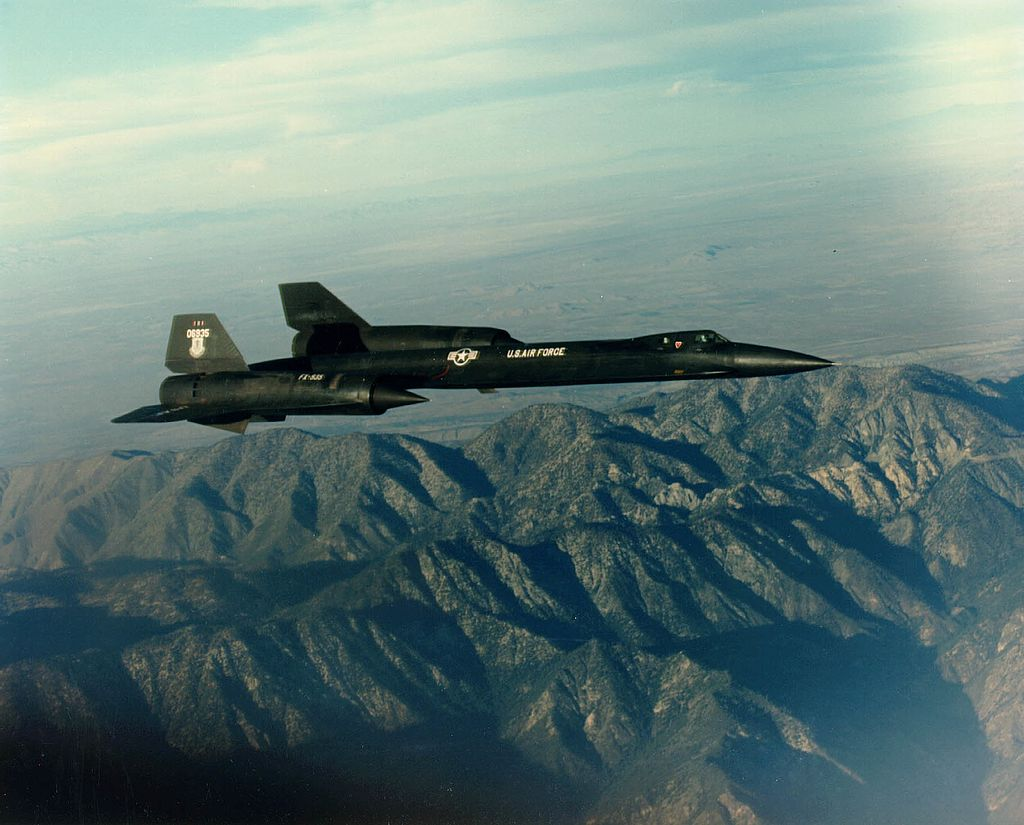
At the height of the Cold War, America and the Soviet Union were engaged in a heated struggle to control the skies with state-of-the-art technology. The specter of super-high-speed Soviet spy planes and bombers stimulated American defense planners into creating an interceptor not just to keep up, but to outrun any enemy plane. This goal led to the Lockheed YF-12—a stunning aircraft that, for a time, was the world’s fastest and highest-flying interceptor, demonstrating the audacity of American aerospace engineering.

The history of the YF-12 has much in common with the A-12, a secret spy plane designed by Lockheed’s legendary Skunk Works under the leadership of Clarence “Kelly” Johnson. The A-12 evolved as a replacement for the exposed U-2 spy plane, and its first flight in 1962 was an advance into sustained Mach 3-plus speeds.

But the Air Force required something else: a strong interceptor to replace the F-106 Delta Dart and protect North American skies against Soviet bomber intrusions. Following the failure of the North American XF-108 Rapier program, the Air Force reverted to Lockheed, and they offered the conversion of the A-12 as a two-seat interceptor with advanced radar and missiles. This gave rise to the YF-12.

Transforming the A-12 into the YF-12 meant there was a need for great adjustments. The nose of the aircraft was redesigned to accommodate the gargantuan Hughes AN/ASG-18 pulse-Doppler radar—initially constructed for the cancelled XF-108—and the massive system weighed more than 2,100 pounds and could see up to 100 miles.

Two infrared search-and-track sensors provided the YF-12 with the sophisticated capability of “looking down” and striking targets below it. Its four camera mission bays were repurposed to hold three AIM-47 Falcon missiles, which flew up to Mach 4 and had a range of 100 miles. A second cockpit for a weapons systems officer and aerodynamic enhancements, such as ventral fins, provided the YF-12 with its sharp and angular silhouette.

Underneath its streamlined facade, the YF-12 was an engineering masterpiece. Its airframe was constructed primarily of titanium to resist the tremendous heat produced at speeds greater than Mach 3. Its power was provided by two Pratt & Whitney J58 engines that produced over 32,000 pounds of thrust each, fueled specially by JP-7 fuel. At top speed, the edges of the plane’s wings would be white-hot, and it could fly above 80,000 feet—a distance far above most defenses then.

The YF-12 itself performed miraculously. On May 1, 1965, it established official world records with its speed of 2,070 mph and altitude of 80,257 feet. In a dramatic display, a missile released from 74,000 feet traveling at Mach 3.2 hit a B-47 drone flying only 500 feet off the ground.

All this, despite its revolutionary capabilities, was never mass-produced. Though the Air Force originally purchased 93 F-12B interceptors, shifting defense priorities, the escalating war in Vietnam, and cutbacks prompted Secretary of Defense Robert McNamara to rescind funding. Also, as the Soviets redirected their emphasis from bombers towards ballistic missiles, the requirement for a Mach 3 interceptor lessened. The program was canceled by late 1967, with only three YF-12As constructed, used largely for testing and research.

However, the impact of the YF-12 was great. The technological innovations of the program were carried over to the development of the SR-71 Blackbird, which became a legendary spy plane. The radar and missile technology of the YF-12 also set the stage for the AWG-9 radar and AIM-54 Phoenix missile system that would be employed by the F-14 Tomcat.

Even when the program terminated, the rest of the YF-12s continued to serve NASA and the Air Force as testbeds, providing useful information to future supersonic and hypersonic aircraft designs, such as the Space Shuttle.

Nowadays, the sole survivor of the YF-12A is on display at the National Museum of the United States Air Force in Dayton, Ohio. It is a solemn reminder of a bold age when engineers were testing the boundaries of what could be done with flight. Although it never took to the combat skies, the YF-12’s legacy lives on in the DNA of all the high-speed planes that came afterward.
More related images you may be interested in:




